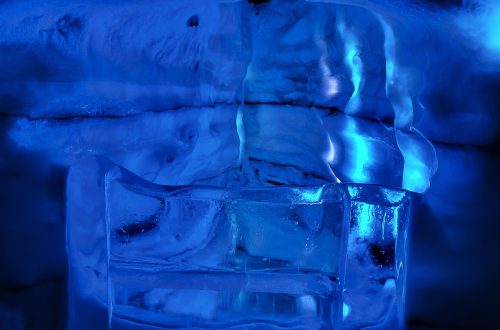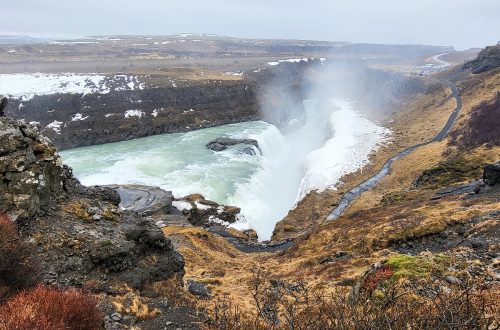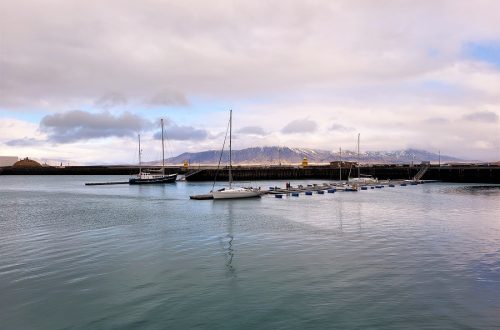The land of fire and ice is a beguiling, otherworldly place, its scenery as dramatic as its nickname suggests.
From bubbling geysers to snowcapped volcanoes, stunning waterfalls (below) and black sand beaches, nothing quite prepares you for Iceland’s magnificent beauty.

As I travelled across the Reykjanes Peninsula on my way to the country’s capital Reykjavik, I was struck by the vast expanse of yellow grass and jet black soil that surrounded us.
It was a bleak, unrelenting scene, unlike any I’d seen before and I was instantly captivated.
It took me a while to put my finger on why I found the scene so startling – and then it hit me, it was the lack of trees.

After the country was settled in the 9th century, the trees that once stood on the island were felled one by one as building material and firewood, and it wasn’t long before Iceland was almost devoid of trees.
Nowadays, there are a few bushes and trees here and there, as well as the occasional forest, but don’t expect to come across mile-upon-mile of lush, green woodland during your time in the country.
Coming from Wales, where you can’t move for forests and trees, it took a while to adjust to the desolate, grassy landscape.
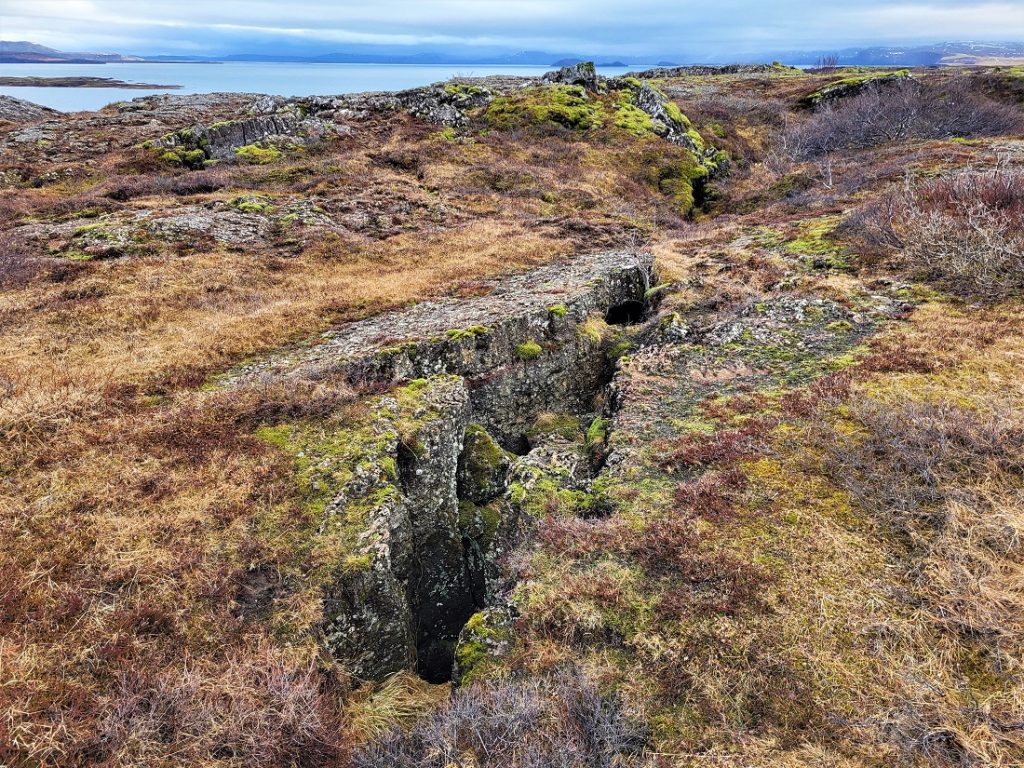
Lying adrift in the north Atlantic part way between Scotland and Greenland, Iceland sits plum in the centre of the Mid-Atlantic Ridge, where the North Atlantic and Eurasian plates meet.
Thanks to the constant tectonic activity, the country grows by some 2cm a year – and you can actually see where the two plates are pulling apart at Pingvellir National Park (above).
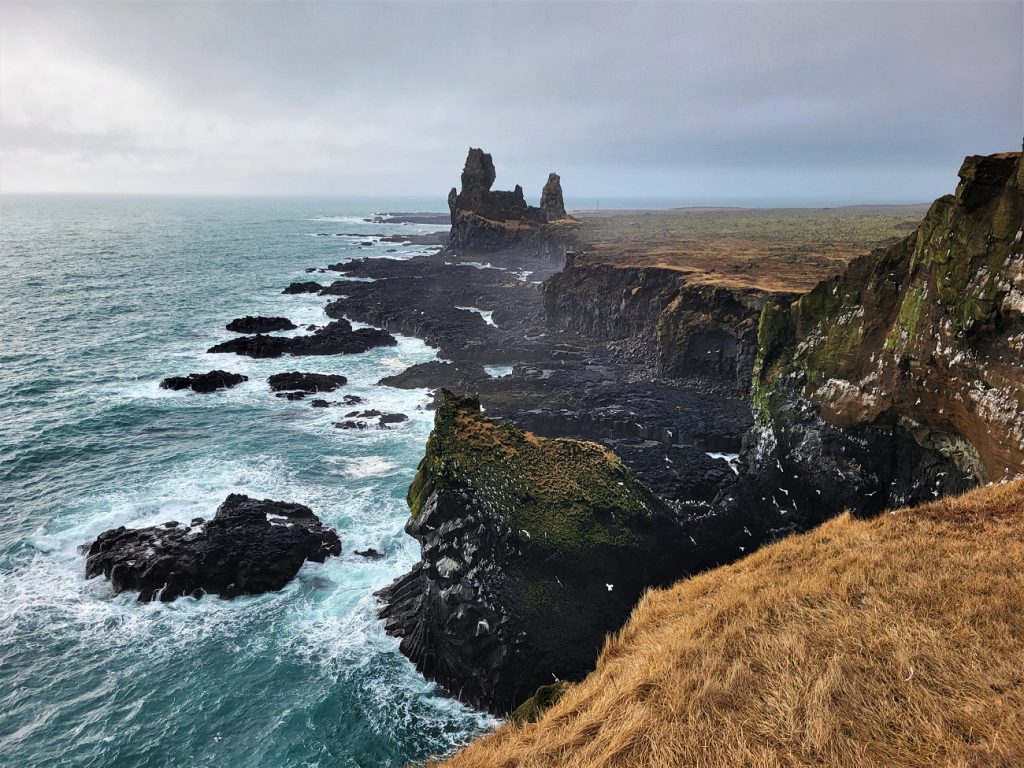
Home to more than 30 active volcanoes, Iceland is one of the world’s most geologically active countries and it’s the volcanoes, glaciers and tectonic activity that have shaped the stark landscape we see today.
Aside from the country’s startling beauty, I was struck by how warm and friendly the Icelandic people were.
All the Icelanders I met were lovely and couldn’t have been more welcoming, and as a solo female traveller, I felt incredibly safe.
But I guess that’s to be expected in a country that has one of the lowest murder rates in Europe.

As incredible as Iceland is, it does have the odd downside and the main one is how expensive it is.
Usually when anyone remarks how expensive a country is (Norway, Japan), I find it basically equates to London prices.
Iceland was the exception. Think London prices plus a hefty additional chunk.
Iceland is well worth visiting, just make sure you learn from my mistake and save before you go.

I’ve always wanted to see the Northern Lights and having read they’re supposed to be particularly visible this year, I decided to try my luck in 2025.
So that’s how in March I came to spend five days in Iceland, in the hope of finally seeing them.
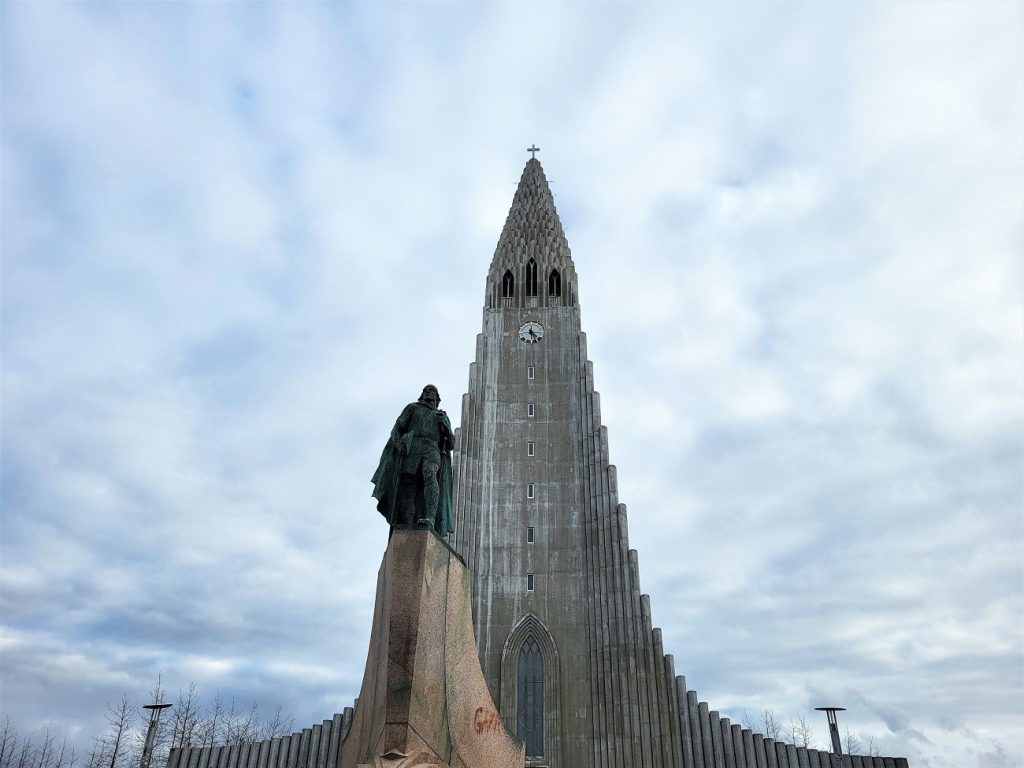
As I was travelling by myself and it was a last-minute trip, I decided to base myself in the capital Reykjavik (above).
There I spent a couple of days exploring the city, walking around the small, compact centre, visiting some of its many museums, whale watching in Faxaflói Bay and joining a night-time excursion to see the Northern Lights.

I also booked a couple of day trips. The first took in the classic Golden Circle tour in central Iceland (above), visiting some of the country’s spectacular natural sights.
The second was a slightly longer trip to the wild and unforgettable Snaefellsnes Peninsula on the western coast (below).
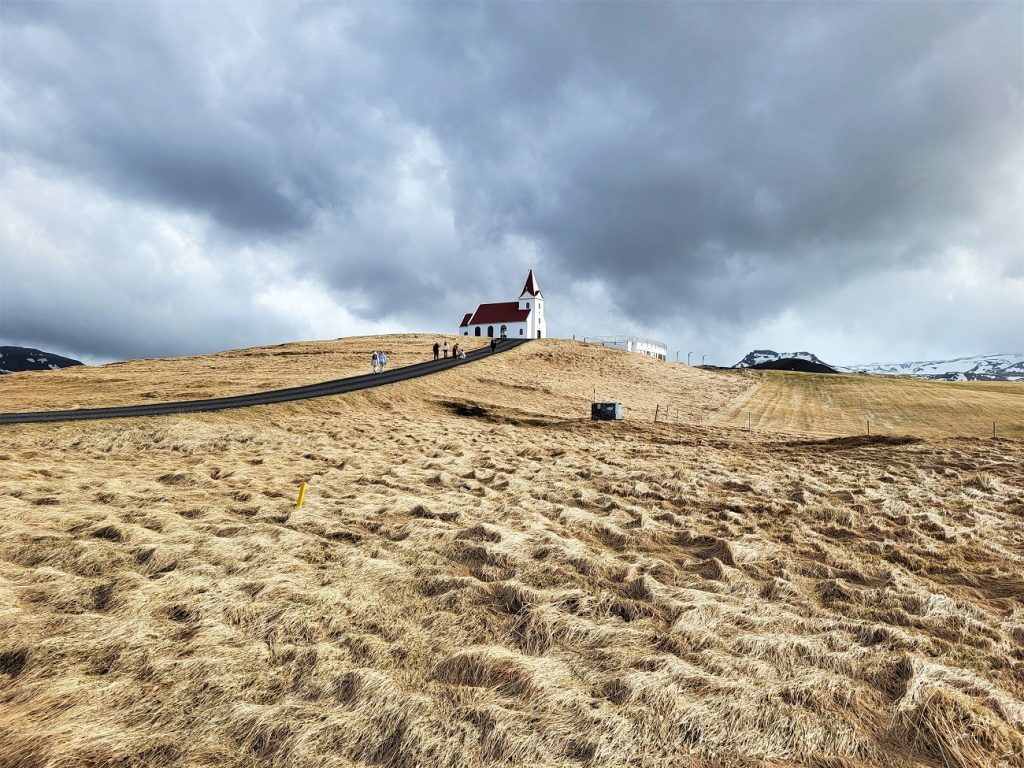
Before I went to Iceland, everyone who’d been had raved about the country and how beautiful it was.
And having now experienced just a few small pockets for myself, I can see why.
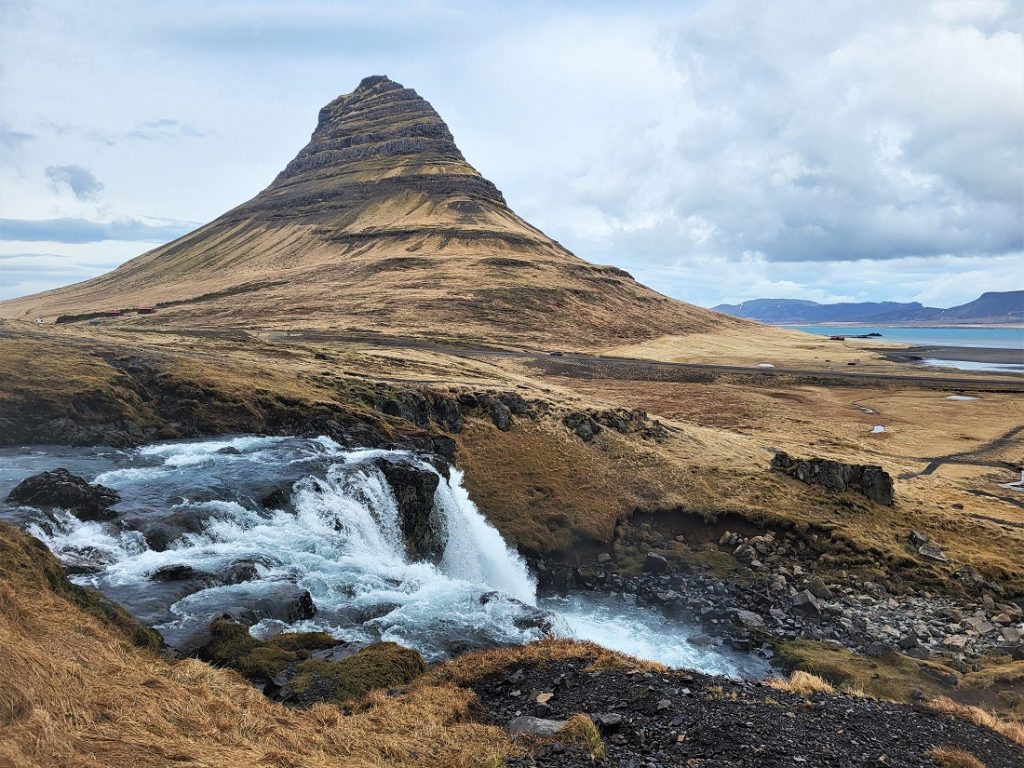
I was smitten by Iceland and its unique geology, and I’d love to go back and spend some time travelling around the country, better getting to know its spectacular scenery.




